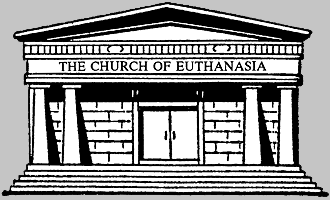
YULE! (circa December 21)
(Winter Solstice, December 20-23 (varies according to the particular date on the standard calendar according to when the Solstice will occur astronomically)). Longest night of the year, the turning point when the days shall afterwards grow longer as winter begins its passage into the coming spring. It is, in the Goddess worship, the time when she gives forth again to the birth of the Divine Sun child who shall be both child and eventually lover and father of the next child in the cycle. Winter Solstice for pagans is a time of feasting and the exchanging of gifts and is the original Holiday that the Christian religions modified into their own Christmas, even up to the birth of the child (Most theologians who have spent time studying the birth of Jesus admit he was born in either March or April, not the celebrated Christmas date we all know from the standard calendar - it was moved to this date in the 4th century A.D. by the Roman Catholic Pope to help induce Pagans to give up their old ways yet allow them their holidays during the spread of Christianity through Europe and the British Isles). Traditional adornments are a Yule Log, usually of oak, and a combination of mistletoe and holly (also all later plagiarized into Christian ways).


















 <>
<>





No comments:
Post a Comment